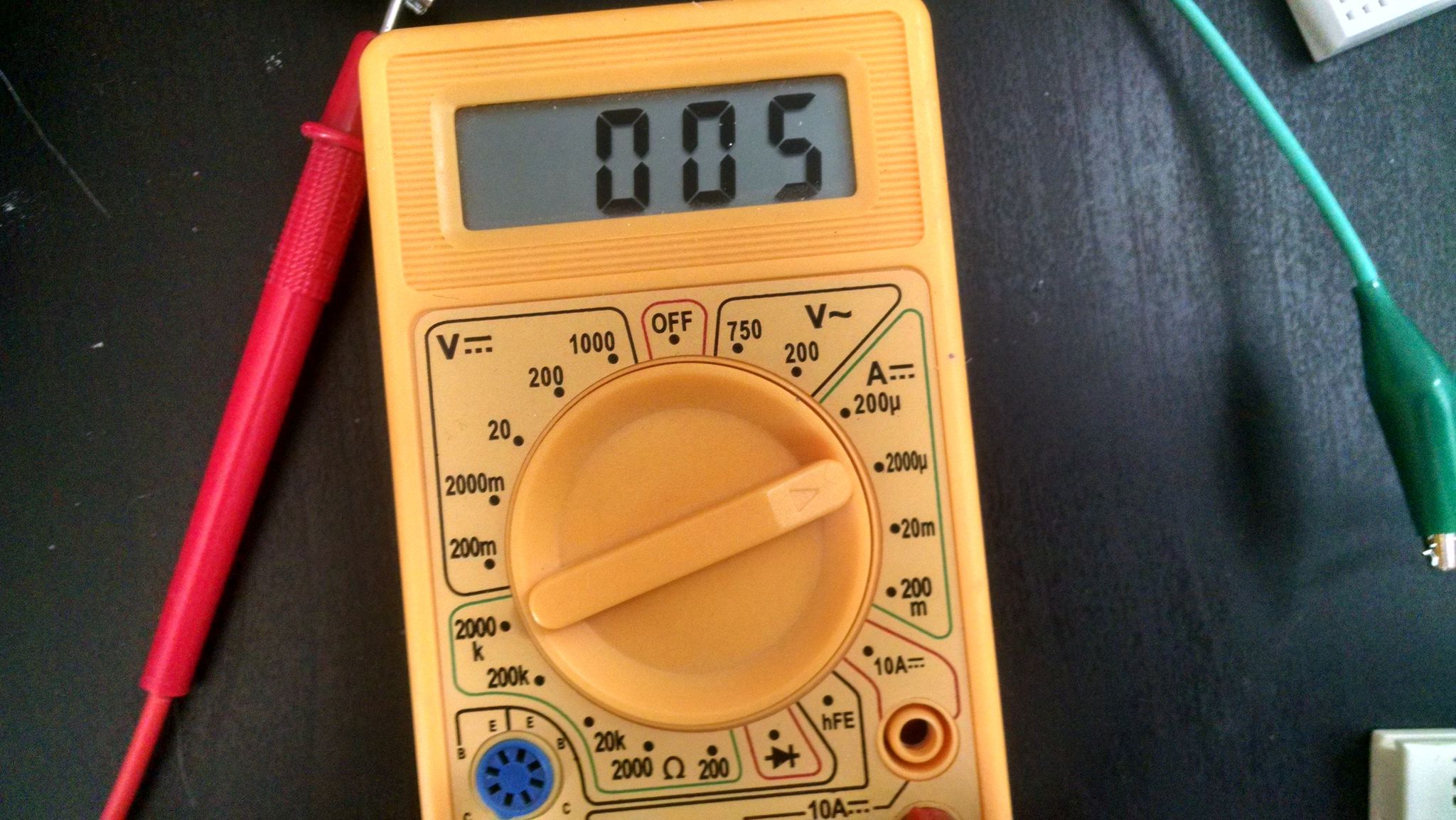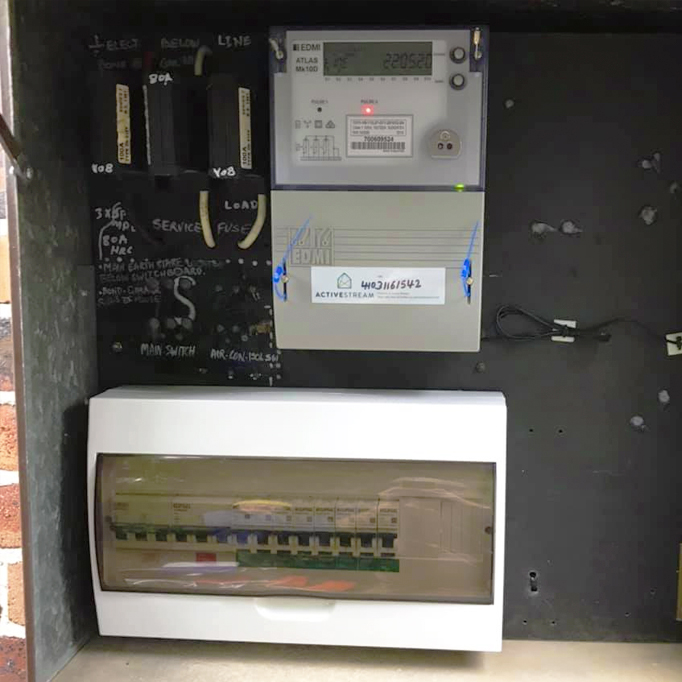There is no doubting the fact that a multimeter is an indispensable tool. This is due to the various ways it can be put to use. For instance, it can be used in measuring resistance, voltage, testing batteries, diagnosing circuits and many more. Even if you want to do troubleshooting to find out whether a device is working as expected, a multimeter will prove valuable.
Here Is The Challenge
Despite the flexibility of a multimeter, it is been discovered that most people aren’t experiencing its benefits firsthand. This seems to be due to the reality that not many people know how to use this handy instrument.
If you don’t know how to read a multimeter, you can sit back and relax now. You have come to the right place. The major aim of this post is to show you the most effective ways of using a multimeter for maximum results. It will also reveal tips on how to use a multimeter to test voltage. Be sure to exercise extreme caution when testing appliances or fittings, and call your local electrician if in any doubt.
Parts/Components of A Multimeter
In order to understand how a multimeter works, it is very important you know its 3 major parts. These could be display, ports and selection knobs.
- Display – This is where you will find the results of what you are testing. It is a dashboard where digits are displayed to know whether what is being tested is faulty or not.
- Selection knobs – This allows you to select anything you would like to measure.
- Ports – This is where the probes are being plugged in.
How To Read A Multimeter
In order to become an efficient technician, you need to understand how to read a multimeter. There is nothing technical or complicated about this. If you can understand decimal adjustment, this won’t be a problem. Given that electrical quantities are usually valued in numbers, it is important to understand the differences that exist between unit degrees.
For instance, know what differentiates amp and milliamp. Also, know how decimal conversions work. Once you can get a grasp of these, the problem of how to read a multimeter is almost solved.
Please note, that calculating decimals in analogue and digital meters is not the same. In the former, computation is done manually. However, the process is quite simple in the latter. Having said this, lets dive into the details about how to read a multimeter.
For the sake of simplicity and easy understanding, our focus will be on how to use a multimeter to test voltage. Just follow the steps below in order to do this successfully within few minutes. If you want to Measure Amps With Multimeter, the procedures are also the same.
Step 1
Ensure to identify whether your voltage is DC or AC. In most cases, voltage in homes is AC. However, the voltage in your car is DC. It is still recommended you check before proceeding though.
Step 2
The selection switch should be turned on. This has to be the appropriate or ideal voltage (DC or AC). Check for sinewave symbol in the case of AC.
Step 3
Its black probe needs be plugged in your multimeter’s “COM” outlet while red probe on the other hand, has to be plugged in the “Jack”. This usually has a “V” mark.
Step 4
Your selector switch should be turned to the highest. This should be in the appropriate voltage category as stated above for DC or AC. Don’t forget that MV setting is very low since it signifies thousandths of volt.
Step 5
The component that you are trying to test should be powered on. Simply put, switch on the device for it to start working.
Step 6
Make the black probe touch one side of your component’s terminal. The red probe should be used to touch the other terminal of the same component.
Step 7
Sometimes, the reading you will get may not be clear. In such instances, the selector should be turned to the next setting that is highest until a recordable number begins to show.
Safety Tips To Know
Before carrying out the above, here are some safety steps you must take especially when it comes to testing voltage.
- Please ensure you are wearing safety gloves when trying to test AC voltage.
- Ensure probes aren’t damaged. Look for exposed points in the test wires.
- Check 2-3 times to know whether the red probe has been correctly plugged into the jack. Your multimeter can be damaged once this is not done as recommended.
- The voltage range that is highest is what you need to always start with from the meter selection.
The key to Measure Amps With Multimeter successfully is understanding how the multimeter works. For instance, you need to select the appropriate DC or AC function as explained above.
Test Outlet With Multimeter
Are you looking for how to test an outlet with multimeter? Do you know that this is one of the easiest things to do using a multimeter? With the details or steps below, you can easily test outlet with multimeter without any stress.
Step 1 – Power should be turned off
Step 2 – The outlet should be disconnected from the wiring
Step 3 – Your multimeter should be set to olms
Step 4 – Now, a probe (the red one) should be put into one outlet slot
Step 5 – You can then put the black probe on the terminal screw that is nearest
The meter is supposed to indicate continuity. It is recommended to also test the terminal and slot that are remaining. In other words, carry out the same steps for the other terminal and slot.
Another method
Here is another method to do this with a power outlet.
Step 1 – The black probe should be plugged into “Common” while red probe should be plugged into “Jack”.
Step 2 – The receptacle should be powered up. The red lead should be plugged into power slot. Black lead should be plugged into neutral slot. It is supposed to read between 110volts – 120volts.
If you plug the black lead inside the ground slot, similar value will be given. Both tests shouldn’t read below 110volts. Anything short of such value means there is something wrong that needs to be checked and rectified.
Final Words
Having seen the above, it is very obvious there are various ways you can use a multimeter. Whatever you are using it for, ensure that you have adopted some effective safety measures to avoid injuries.
For any whole house water filter queries reach out here.




